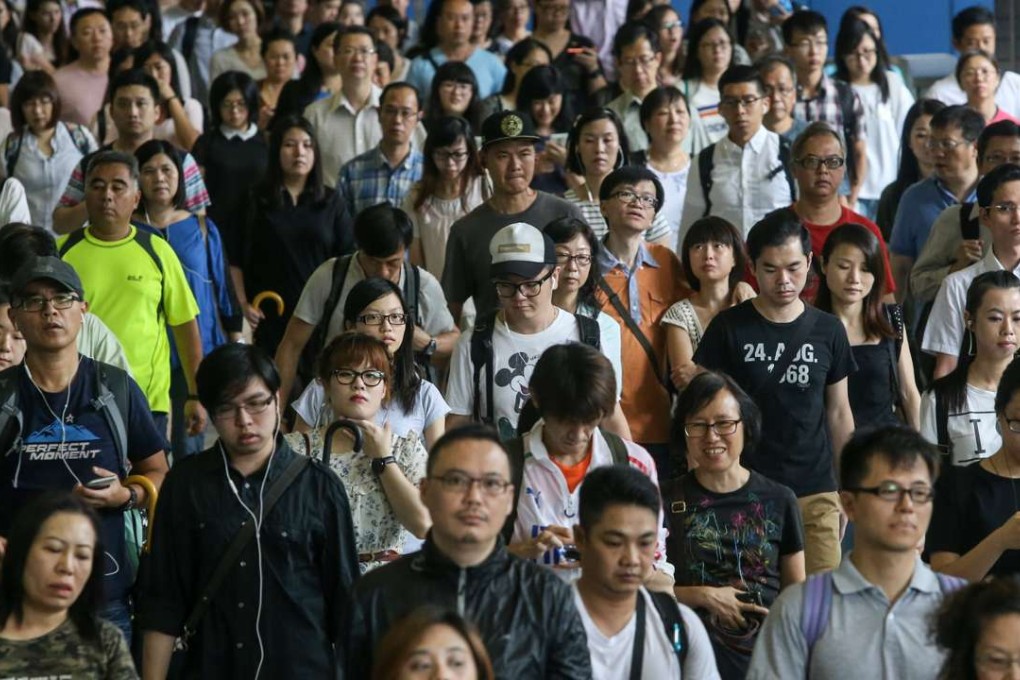Flexibility in design, planning and construction holds key to Fourth Industrial Revolution
Cities like Hong Kong should take steps to further capitalise on its excellent public transport infrastructure and reduce the number of cars and buses on roads

As some may know, one of my more recent roles is that of an advisor to the Policy Participation on Science, Technology and Innovation (PPSTI) which is the main body in Asia-Pacific Economic Cooperation (Apec) that provides guidance to the governments of the 21 Apec economies on the developments taking place in these areas and how they should respond. One of the main topics that is high on the agenda and subject to much discussion is what is termed as Fourth Industrial Revolution and how it is going to impact various sectors of the living environment, including the planning, design, construction, operation and management of future cities and communities.
The first challenge, of course, is that the rate of change is such that it is difficult to foresee how buildings will be occupied and used in the future and understandably therefore the dialogue is around design and planning with maximum flexibility in mind. Indeed there is a school of thought that champions “designing for redundancy and obsolescence” and the need to accelerate use of prefabricated, modular forms of construction, even to the extent that this can be dismantled and reassembled in different formats and locations in the future.
This is supported by those who believe that the use of concrete and steel will be replaced by new, more malleable materials and that the construction world will adopt a ‘Lego’ approach so as to demonstrate a commitment to sustainable development. The reality is that the fundamentals of the way we currently construct our cities and neighbourhoods has not greatly changed for decades and innovations and new technologies are going to have significant impact in the future. By way of example, the labour-driven model of construction is no longer tenable and we are already seeing the use of robotics on building sites and this is clearly likely to be an increasing trend.

As regards design and planning, many projects are becoming more complex and require a multidisciplinary approach with building information modelling (BIM) being seen as a digital methodology which will revolutionise the delivery of complicated developments and it is envisaged that BIM will be further extended to urban infrastructure and city planning in coming years. BIM is a computer aided method which uses 3D models to visualise virtual design/planning before moving on to the construction phase. However, many architects and designers are now supplementing BIM with virtual reality (VR) technologies to assist developers, contractors and future users to visualise all aspects of the end product and augment this with 3D printing which converts a visual design into a physical model with a studio environment.